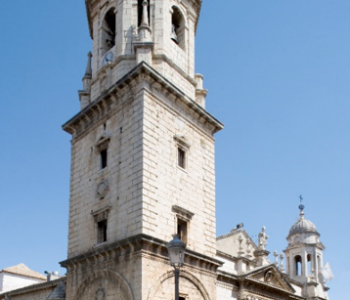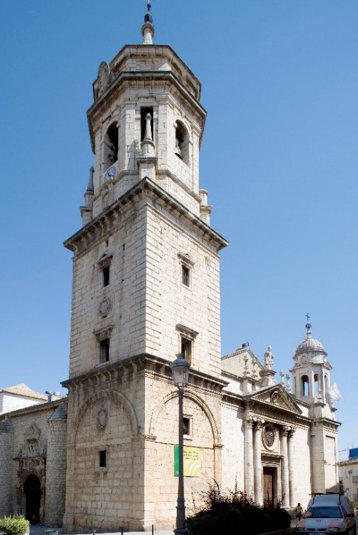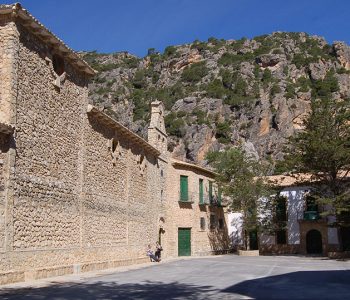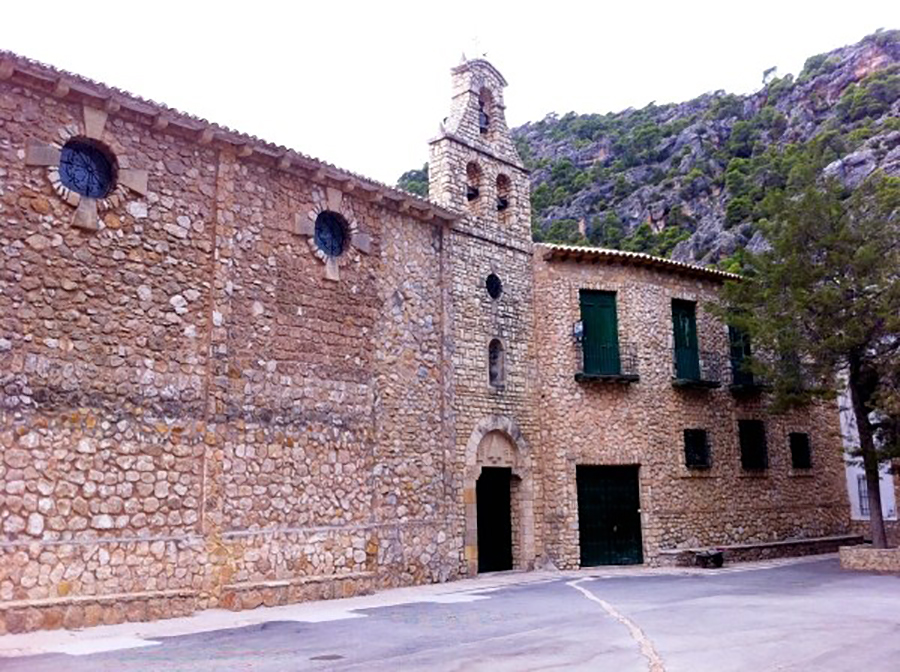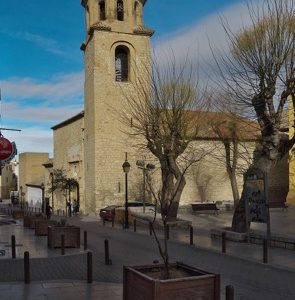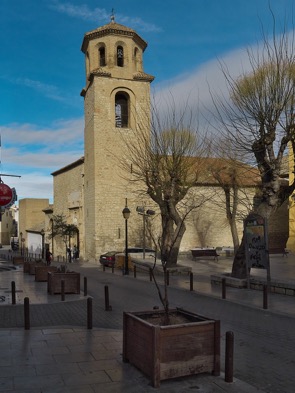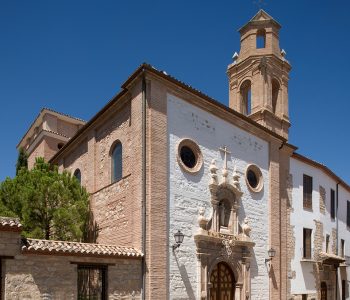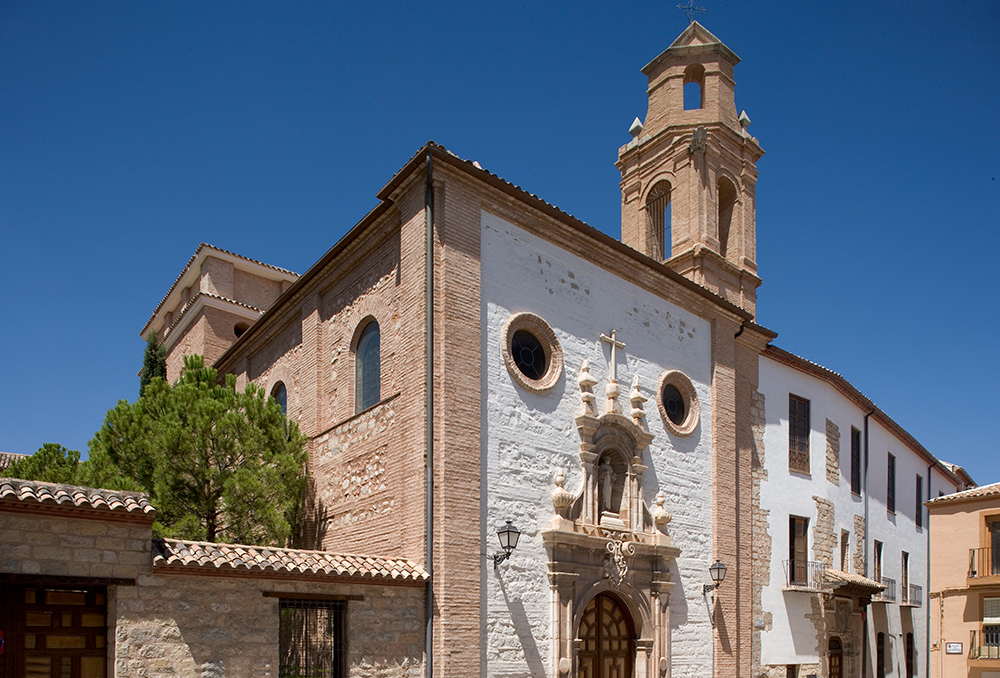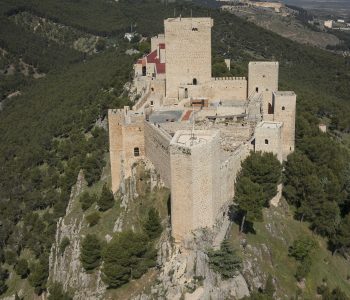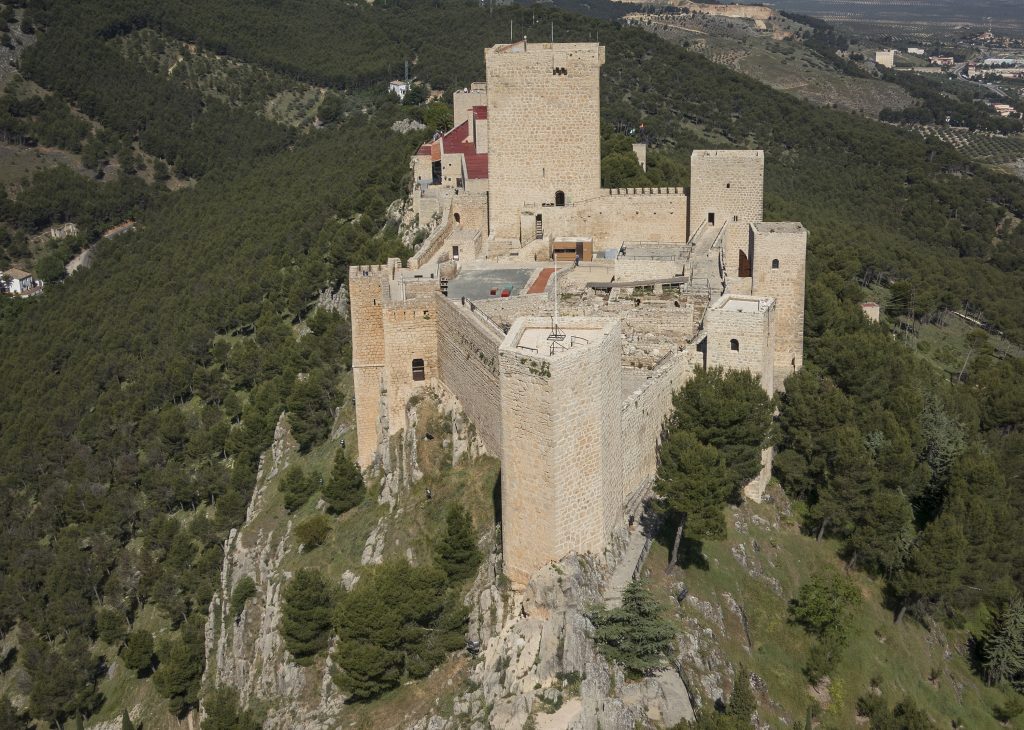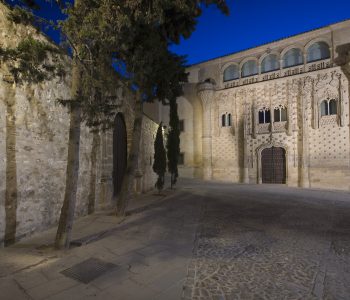
Palace of Jabalquinto
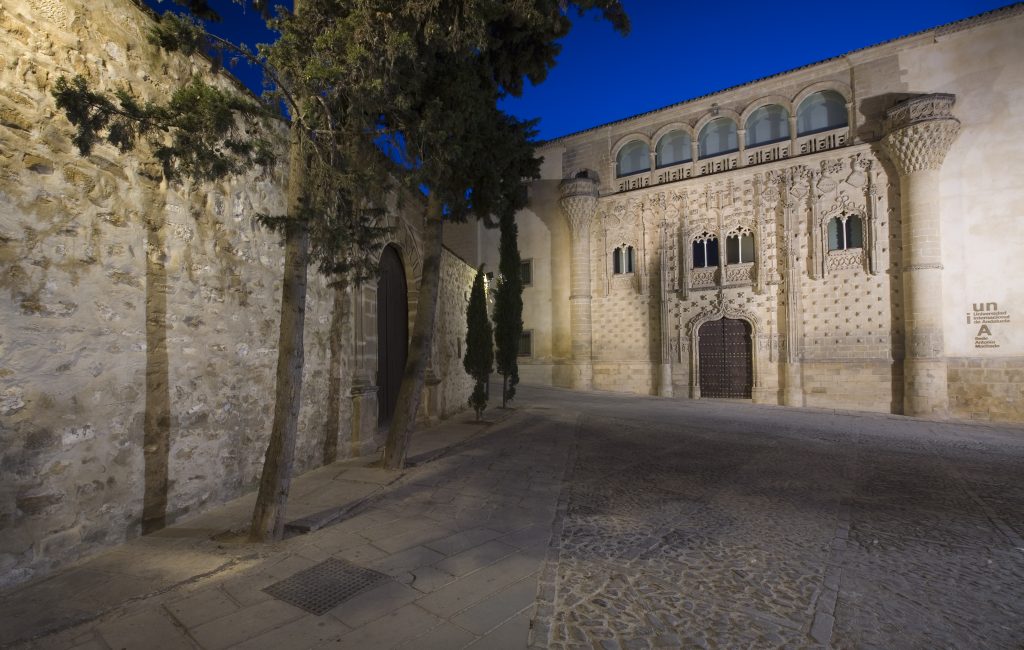
El Palacio de Jabalquinto es la sede de la Universidad Internacional de Andalucía (UNIA) “Antonio Machado” de Baeza. También formó parte del itinerario lorquiano en su viaje de estudios a la ciudad y era propiedad de Juan Alfonso de Benavides, señor de Jabalquinto, cuyo hijo Manuel se casó con Luisa Manrique, hija de Jorge Manrique.
Vínculo con Antonio Machado
Vínculo con Federico García Lorca
Vínculo con Jorge Manrique


